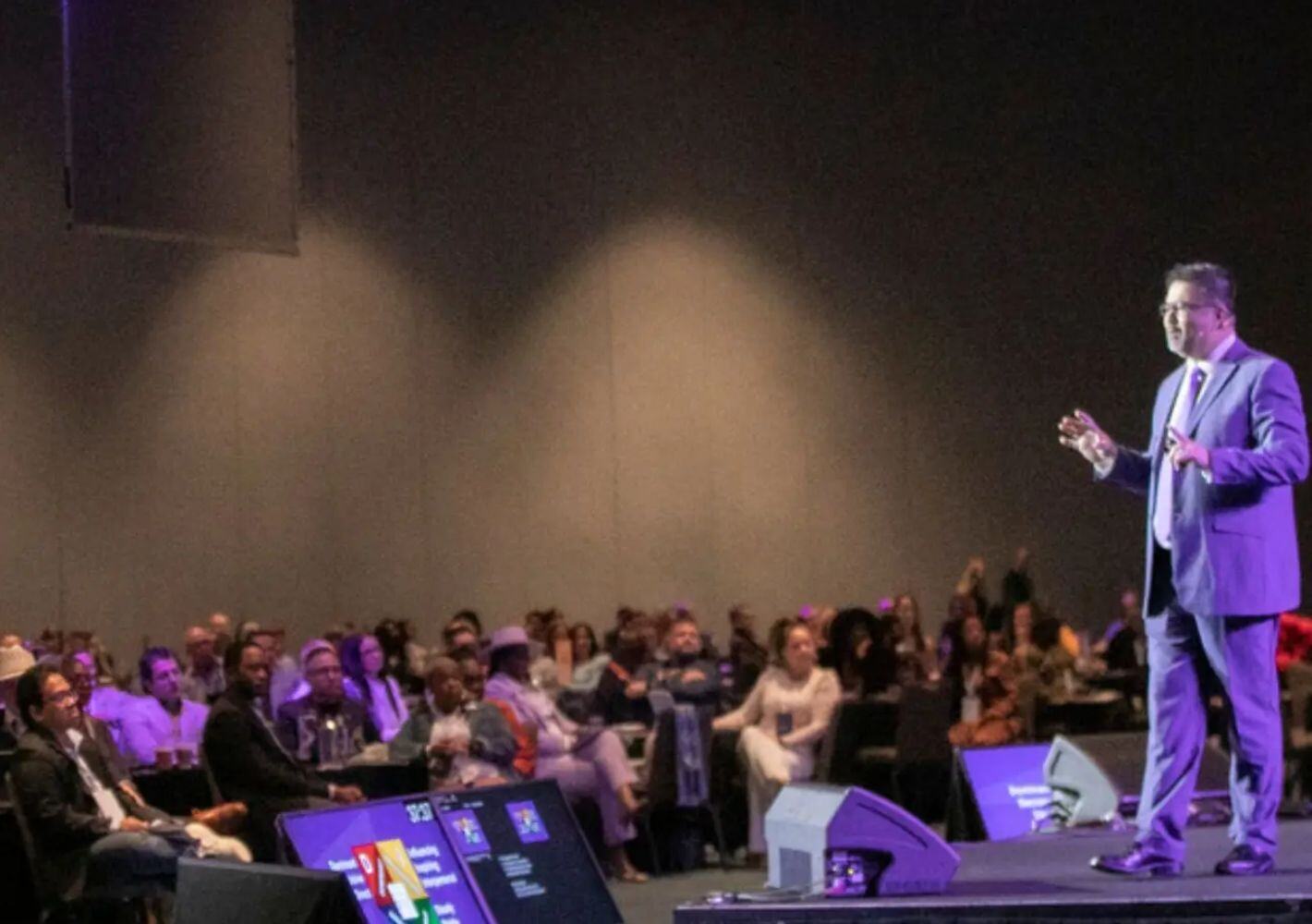In today’s workplace, a positive outlook is often considered essential for team morale and success. But when positivity becomes forced, excessive, or dismissive of real challenges, it can cross the line into what's known as toxic positivity. This well-meaning but harmful behavior can silence authentic emotions, stifle psychological safety, and even create a culture where problems go unaddressed.
Fortunately, DISC behavioral insights can help leaders and teams recognize the warning signs of toxic positivity and build healthier, more supportive work environments.
What Is Toxic Positivity?
Toxic positivity is the belief that no matter how difficult a situation is, people should maintain a positive mindset. While optimism is valuable, overemphasizing positivity can cause employees to:
-
Feel pressured to "put on a happy face"
-
Dismiss their own or others' concerns
-
Avoid speaking up about real problems
-
Experience burnout while pretending everything is fine
Phrases like “just stay positive,” “good vibes only,” or “failure is not an option” may seem harmless at first. But over time, they can erode trust and authenticity in the workplace.
How DISC Can Help
The DISC model helps individuals and teams understand behavioral styles, communication preferences, and emotional needs. Each DISC style may react differently to toxic positivity or even contribute to it unintentionally. Here's how:
High D (Dominance)
-
Likely reaction: May downplay emotions and encourage a “push through it” mentality.
-
Risk: Can unintentionally shut down emotional conversations to stay focused on results.
-
Leadership tip: Encourage High D team members to acknowledge team well-being as a measurable success factor.
High I (Influence)
-
Likely reaction: Wants to maintain a cheerful environment and avoid conflict.
-
Risk: May gloss over problems or discourage negativity without addressing root causes.
-
Leadership tip: Help High I styles see the value in creating space for real, even uncomfortable, conversations.
High S (Steadiness)
-
Likely reaction: Prefers harmony and may suppress personal discomfort to avoid disrupting others.
-
Risk: Might suffer in silence while appearing outwardly agreeable.
-
Leadership tip: Invite High S individuals to share feedback privately and emphasize that honesty is appreciated.
High C (Conscientiousness)
-
Likely reaction: May internalize emotions and avoid discussing feelings altogether.
-
Risk: Could see emotional expression as unprofessional or irrelevant.
-
Leadership tip: Show High C styles how emotional awareness supports accuracy, performance, and risk management.
Steps to Prevent Toxic Positivity
As a leader, you can take proactive steps to build a culture where both optimism and honesty can thrive:
-
Promote psychological safety: Make it clear that all emotions are valid and that respectful honesty is encouraged.
-
Model authenticity: Acknowledge your own challenges and how you handle them. Show that vulnerability is not weakness.
-
Listen deeply: Instead of jumping to reassure or “fix” things, allow team members to feel heard and validated.
-
Use DISC as a conversation tool: Behavioral insights help teams navigate tough conversations with empathy and clarity.
-
Train for emotional intelligence: Use DISC-based training to improve communication, self-awareness, and interpersonal understanding.
Tools to Support a Healthier Workplace
PeopleKeys offers a range of assessments and resources to help teams grow in self-awareness and build emotionally safe work cultures:
- PeopleKeys DISC Report: Gain a deep understanding of your behavioral style and how to better communicate with others. Ideal for individuals or teams seeking to improve emotional intelligence and collaboration.
- 4D Report (DISC, TEAMS, Values & BAI): Go beyond DISC with a comprehensive look at behavior, thinking style, values, and motivation. A powerful tool for leaders aiming to foster trust and prevent surface-level communication.
- DISC Leadership Report: Designed for current and aspiring leaders, this report offers insights into leadership style, strengths, blind spots, and how to create a more authentic and effective work culture.
Toxic positivity doesn’t have to derail your team’s potential. By using DISC to better understand behavioral needs and emotional triggers, you can build a workplace where people feel both supported and empowered to speak their truth.
Ready to lead with clarity and compassion?
Start by exploring which DISC tools are right for your team at discinsights.com, the online store for PeopleKeys assessments.





